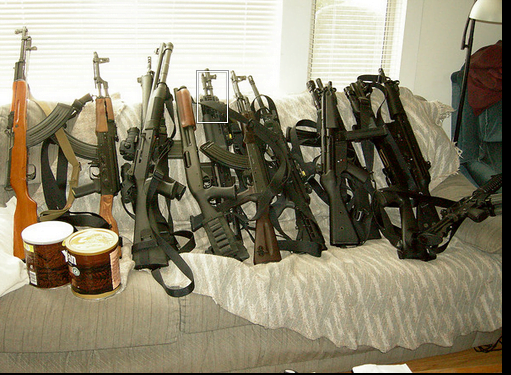The Arms Trade Treaty opened up for signatures yesterday and 63 countries have signed it in the first 24 hours. The treaty will officially enter into force when 50 countries ratify it.
Signing a treaty and ratifying it are two different things. Governments sign the treaty to show its intent to ratify. The ratification process can take a while depending on a country’s constitution. Here in the USA, a president can sign a treaty whenever he wants, but ratification requires a two-thirds vote in the Senate.
That 50 country ratification threshold will probably be reached in about a year.
On a press conference call in April shortly after the General Assembly approved the treaty language, lead US negotiator Thomas Countryman said it would likely take a few momths for the treaty to make it through the inter-agency vetting process before President Obama signs it. This is more of a formality though. There is no question that Barack Obama will sign it.
Senate ratification is another story. It is here that the Arms Trade Treaty will likely languish for years and years and years and years. That’s par for the course on UN treaties, and this one has the dubious distinction of being caught up in the politics surrounding domestic gun ownership (even though the treaty specifically excludes domestic gun sales).
Some reference points: Jimmy Carter signed the Convention on the Elimination of Discrimination Against Women 33 years ago and the Senate still hasn’t ratified it. It’s been 18 years since Bill Clinton signed Convention on the Rights of the Child and 17 years since he signed the Comprehensive Nuclear Test Ban Treaty; 14 years since he signed the Rome Statute of the International Criminal Court. It took the USA 40 years to ratify the genocide convention in 1988.
Ratifying this treaty will be a long, hard slog.
